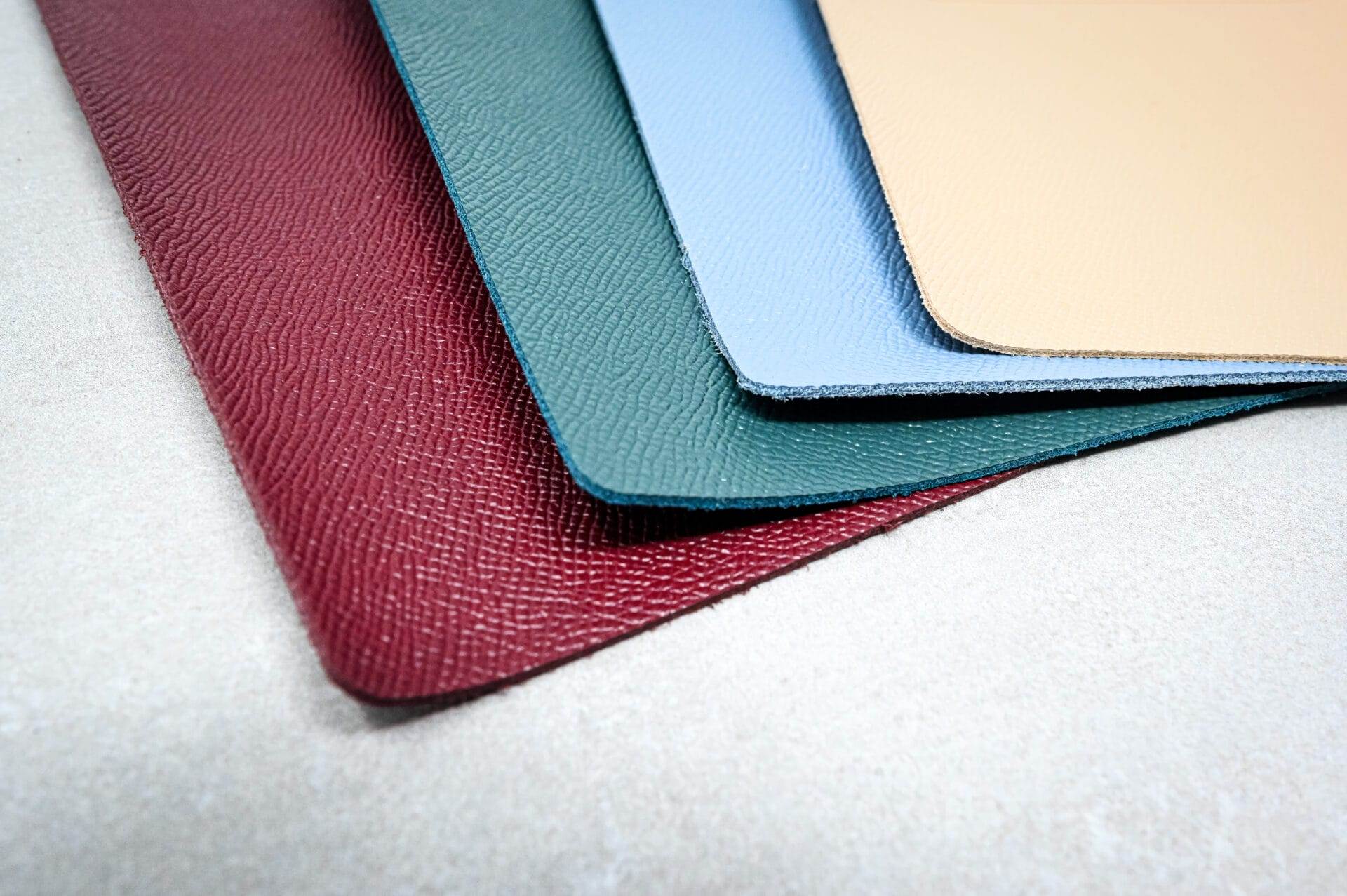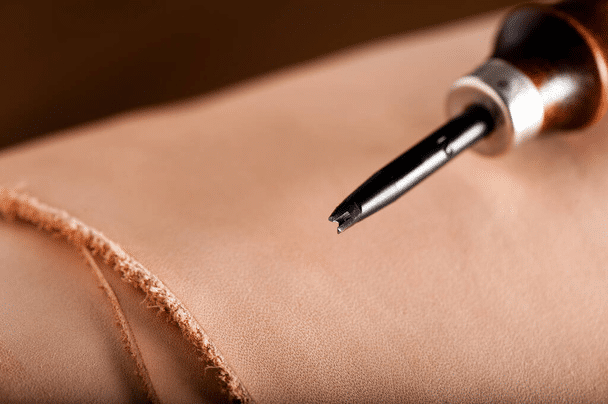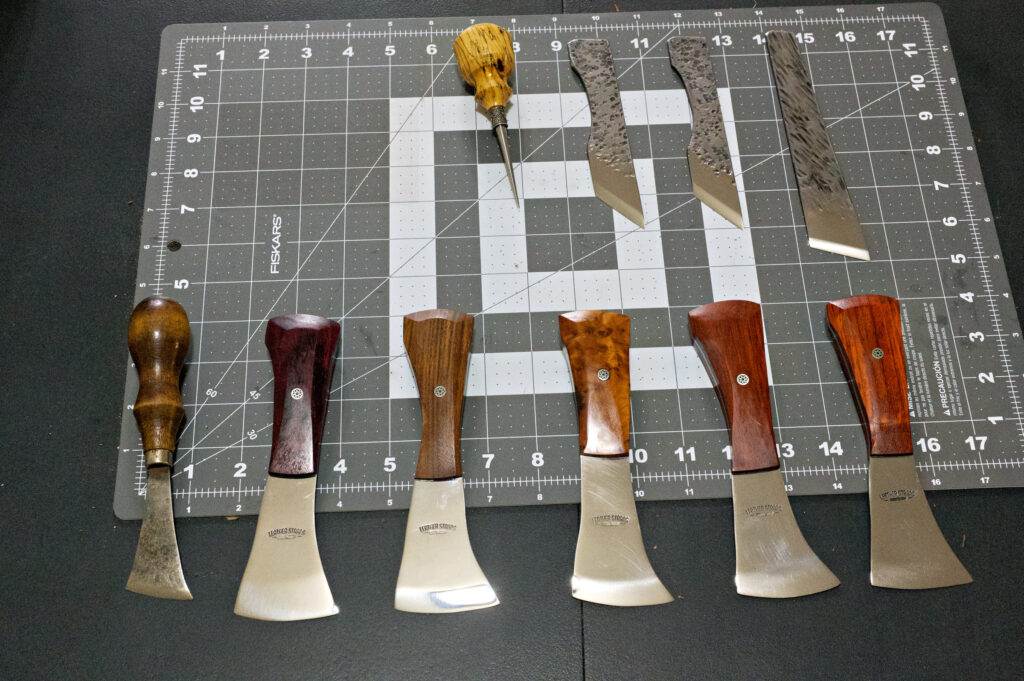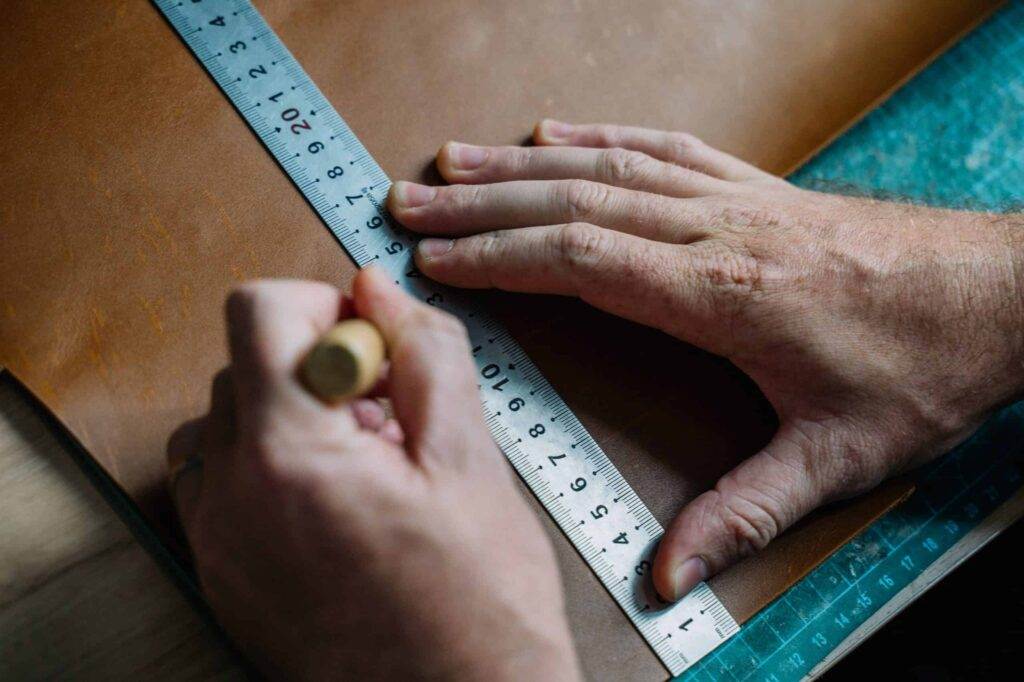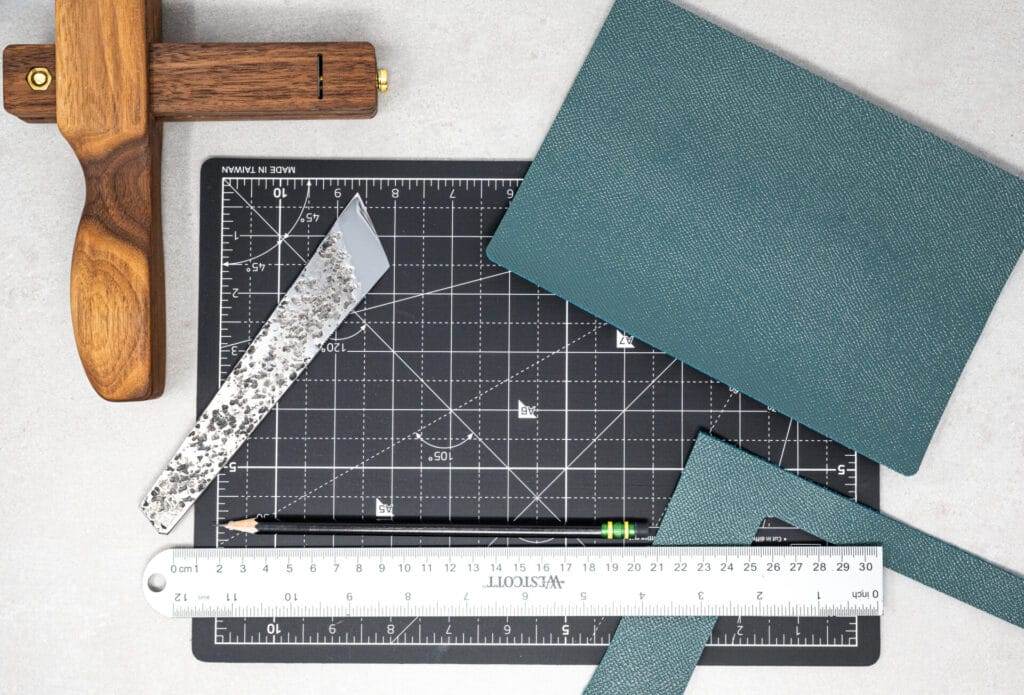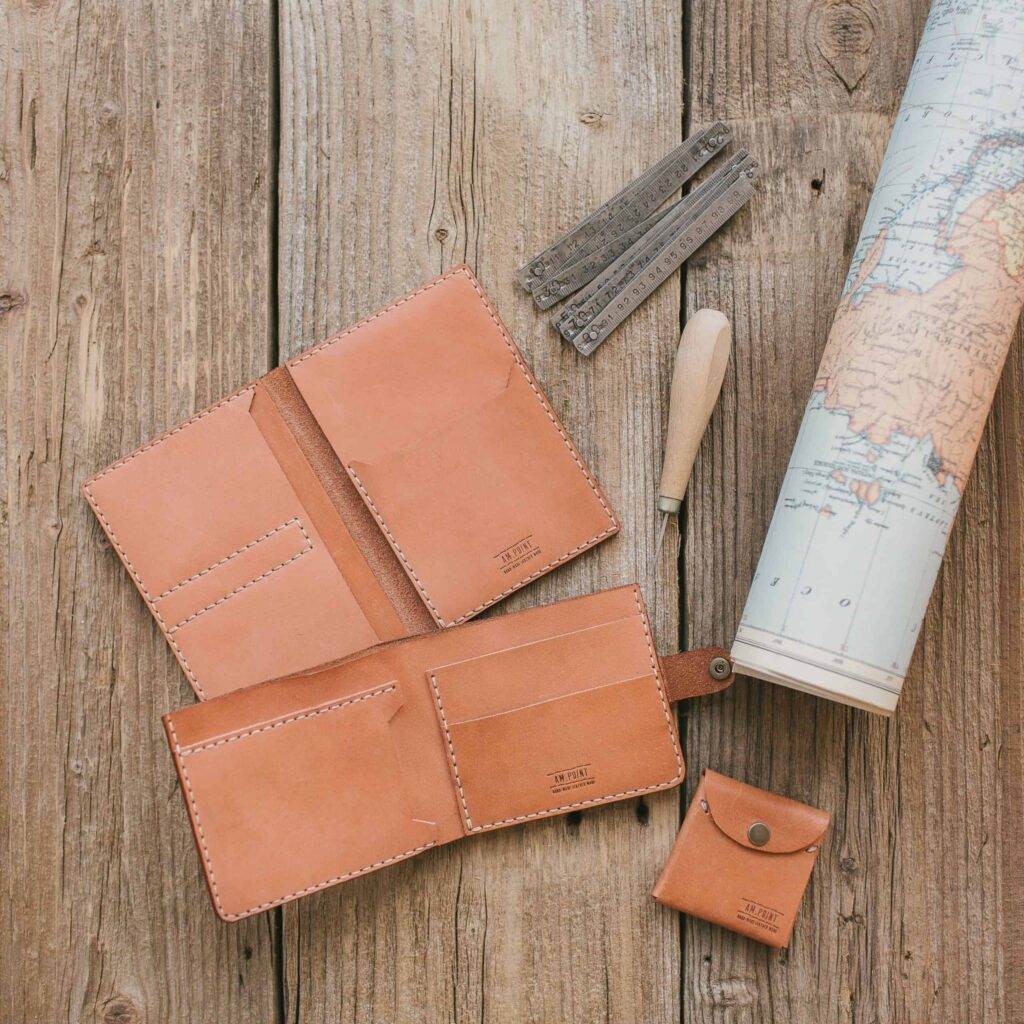Choosing the Right Leather for Leathercraft Watch Straps
Leather is a versatile material that has been used for centuries in various applications, from clothing to accessories. The different types of leather available today can be categorized based on their source, processing methods, and intended use. The most common types include full-grain, top-grain, corrected grain, and bonded leather.
Full-grain leather is made from the top layer of the hide and retains the natural grain, making it the most durable and breathable option. It develops a unique patina over time, which adds character and charm to the item. Top-grain leather, while still high-quality, undergoes a process that removes imperfections from the surface.
This results in a more uniform appearance but sacrifices some of the durability found in full-grain leather. Corrected grain leather is treated to remove blemishes and is often embossed with a synthetic grain pattern, making it less expensive but also less authentic in feel. Lastly, bonded leather is made from leftover scraps that are bonded together with adhesives, resulting in a product that is more affordable but lacks the longevity and quality of genuine leather.
Understanding these distinctions is crucial when selecting leather for specific applications, such as watch straps.

Key Takeaways
- There are various types of leather, including full-grain, top-grain, and genuine leather, each with its own characteristics and qualities.
- When choosing leather for watch straps, consider factors such as durability, flexibility, and aesthetics to ensure the best fit for your needs.
- Popular leather choices for watch straps include calf leather, alligator leather, and ostrich leather, each offering unique textures and appearances.
- Choosing the right leather grade, such as premium or standard, can impact the overall quality and longevity of your watch strap.
- Leather thickness is an important factor to consider, as it can affect the comfort and durability of the watch strap.
- Quality leather for watch straps can be determined by examining factors such as grain consistency, suppleness, and overall craftsmanship.
- To maintain leather watch straps, it’s important to keep them clean, moisturized, and protected from excessive moisture and sunlight.
- High-quality leather for watch straps can be sourced from reputable leather suppliers, tanneries, or specialized watch strap manufacturers.
Factors to Consider When Choosing Leather for Watch Straps
When selecting leather for watch straps, several factors come into play that can significantly affect both the aesthetic and functional qualities of the final product. One of the primary considerations is the type of leather itself. Different leathers offer varying levels of durability, flexibility, and comfort against the skin.
For instance, full-grain leather may be more robust but can take longer to break in compared to softer options like lambskin or suede. The choice of leather will ultimately influence how the strap feels during wear and how well it holds up over time. Another important factor is the finish of the leather.
Some leathers are treated with oils or waxes to enhance their water resistance and overall durability. This can be particularly beneficial for watch straps that may be exposed to moisture or sweat. Additionally, the color and texture of the leather can greatly impact the overall look of the watch.
A smooth finish may lend a more formal appearance, while a textured or distressed leather can provide a casual vibe. Therefore, it’s essential to consider both practical and aesthetic elements when choosing leather for watch straps.
Popular Leather Choices for Watch Straps
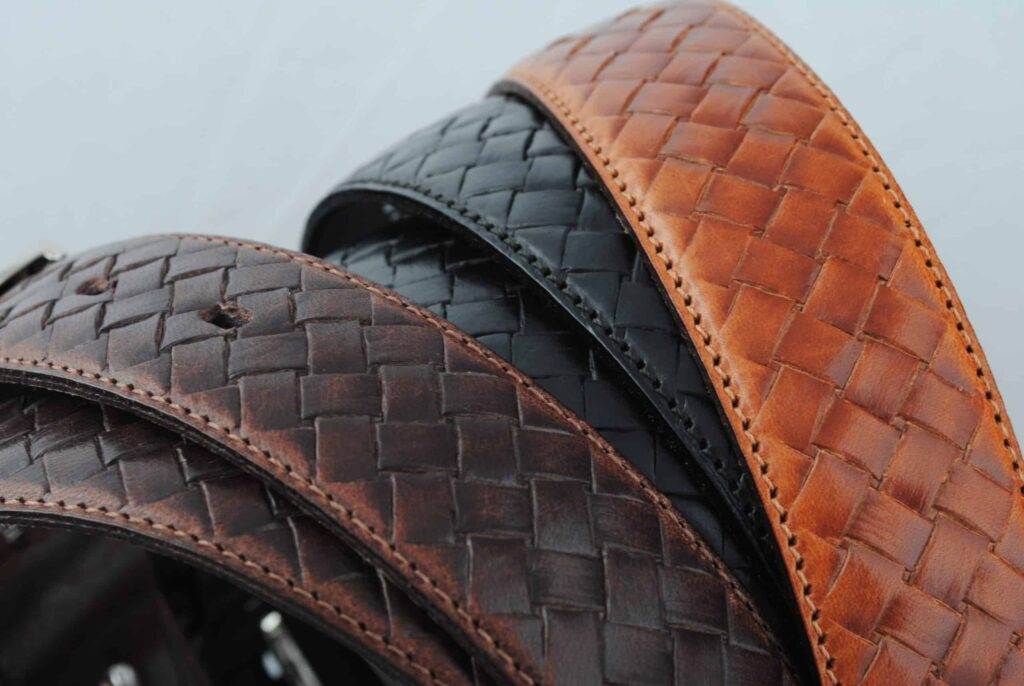
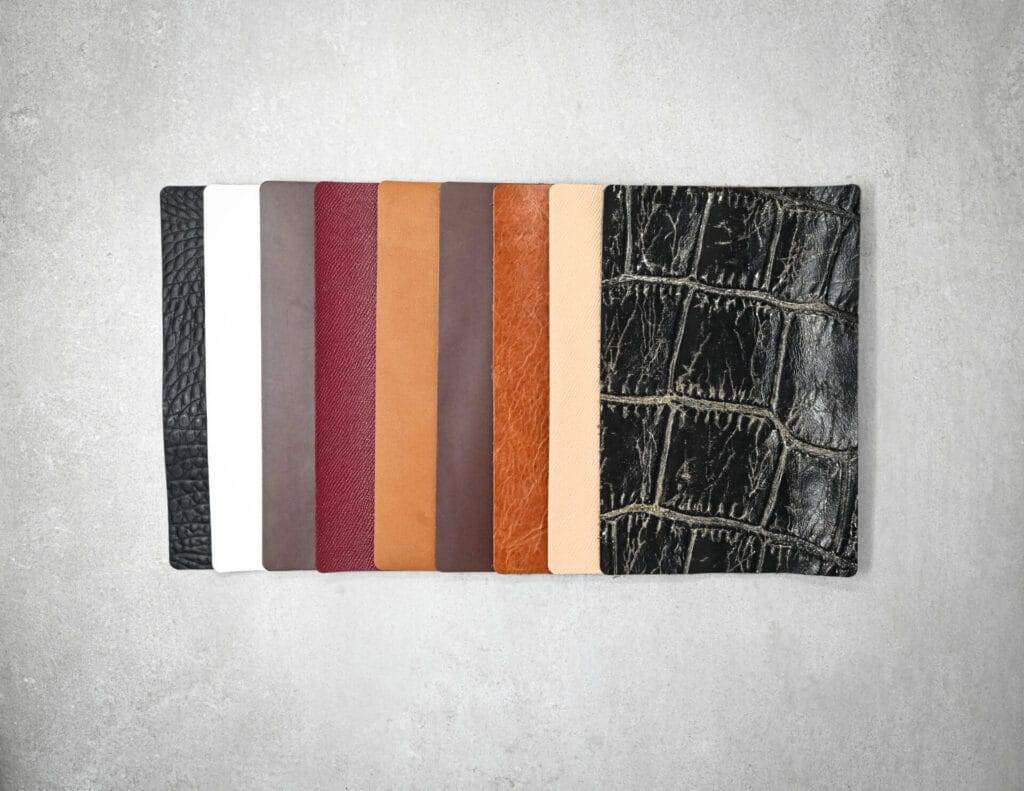
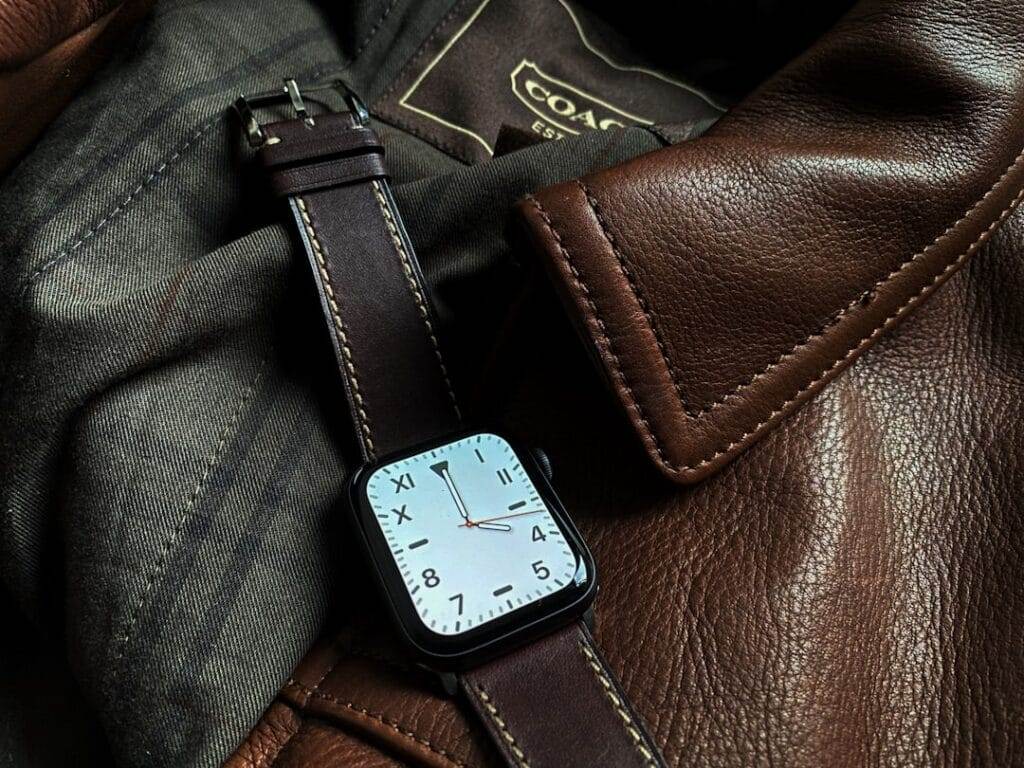
Among the myriad of leather options available, certain types have gained popularity for use in watch straps due to their unique characteristics and appeal. One such choice is calfskin leather, known for its softness and durability. Calfskin offers a luxurious feel while being resilient enough to withstand daily wear.
Its fine grain allows for a polished look that complements both casual and formal watches alike. Another popular option is ostrich leather, which is celebrated for its distinctive texture and unique appearance. The quill marks left on the surface give ostrich leather a one-of-a-kind look that many find appealing.
While it tends to be on the pricier side, its durability and luxurious feel make it a sought-after choice for high-end watch straps. Additionally, suede has carved out its niche in the market due to its soft texture and casual aesthetic. Suede straps can add a touch of elegance while remaining comfortable against the skin, making them ideal for everyday wear.
Choosing the Right Leather Grade for Your Watch Strap
The grade of leather plays a significant role in determining the quality and longevity of a watch strap. Full-grain leather is often considered the gold standard due to its natural characteristics and durability. It ages beautifully, developing a rich patina that enhances its appearance over time.
However, it may require more care to maintain its look compared to lower-grade options. Top-grain leather is another viable choice, offering a balance between quality and affordability. While it may not have the same level of durability as full-grain leather, it still provides a refined appearance and good wear resistance.
For those on a budget or looking for something more casual, corrected grain or bonded leather can be considered; however, these options may not offer the same level of comfort or longevity as their higher-grade counterparts. Ultimately, selecting the right leather grade depends on personal preferences regarding aesthetics, budget, and intended use.
The Importance of Leather Thickness for Watch Straps
Leather thickness is another critical factor that influences both the functionality and appearance of watch straps. Thicker leathers tend to be more durable and resistant to wear and tear, making them suitable for everyday use. However, they may also feel stiffer initially and require a break-in period before they become comfortable against the wrist.
On the other hand, thinner leathers can provide a more flexible and lightweight option, which may be preferable for those who prioritize comfort over durability. Thinner straps can also lend themselves well to intricate designs or embellishments, allowing for greater creativity in style. However, they may not hold up as well over time compared to thicker options.
Therefore, when choosing leather thickness for watch straps, it’s essential to consider how you plan to use the watch and what level of comfort and durability you desire.
How to Determine the Quality of Leather for Watch Straps

Assessing the quality of leather is crucial when selecting materials for watch straps. One of the first indicators of quality is the feel of the leather; high-quality leather should feel supple yet firm without being overly stiff or flimsy. Additionally, examining the grain pattern can provide insights into its authenticity; genuine full-grain leather will have natural imperfections that add character, while corrected grain may appear overly uniform.
Another way to determine quality is by checking for consistency in color and texture throughout the piece. High-quality leather should have an even tone without any discoloration or blemishes. Furthermore, smell can also be an indicator; genuine leather typically has a rich, earthy scent that synthetic alternatives lack.
By paying attention to these details, you can make an informed decision about the quality of leather used in your watch strap.
Tips for Maintaining Leather Watch Straps
Proper maintenance is essential for prolonging the life of leather watch straps and keeping them looking their best. One fundamental tip is to regularly clean the strap using a soft cloth to remove dirt and oils that accumulate over time. For deeper cleaning, consider using a specialized leather cleaner that won’t strip away natural oils or damage the material.
Conditioning is another vital aspect of maintenance; applying a high-quality leather conditioner every few months can help keep the strap supple and prevent cracking or drying out. It’s also important to avoid exposing leather straps to excessive moisture or direct sunlight for prolonged periods, as this can lead to fading or warping. By following these maintenance tips, you can ensure that your leather watch strap remains in excellent condition for years to come.
Where to Source High-Quality Leather for Watch Straps
Finding high-quality leather for watch straps can be challenging but rewarding when you know where to look. Specialty leather suppliers often carry a wide range of options suitable for crafting watch straps, including various grades and types of leather. These suppliers typically offer detailed descriptions of their products, allowing you to make informed choices based on your specific needs.
Another excellent source for high-quality leather is custom makers like LeatherStraps.org, which specializes in crafting bespoke items tailored to individual preferences. They often have access to premium materials and can provide guidance on selecting the best leather type for your project. Whether you’re looking for full-grain calfskin or exotic leathers like ostrich or alligator, sourcing from reputable suppliers ensures that you receive quality materials that will enhance your watch strap’s overall appeal and longevity.
In conclusion, understanding different types of leather and their characteristics is essential when choosing materials for watch straps. Factors such as thickness, grade, and maintenance play significant roles in determining both comfort and durability. By considering these elements carefully and sourcing from reputable suppliers like LeatherStraps.org, you can create or select a watch strap that not only looks great but also stands the test of time.
FAQs
What are the different types of leather used for leathercraft watch straps?
There are several types of leather commonly used for leathercraft watch straps, including cowhide, calfskin, alligator, ostrich, and lizard. Each type of leather has its own unique characteristics and qualities.
What factors should be considered when choosing leather for a watch strap?
When choosing leather for a watch strap, it’s important to consider factors such as the type of leather, the quality of the leather, the durability, the comfort, and the overall aesthetic appeal. Additionally, consider the cost and the intended use of the watch strap.
What is the difference between genuine leather and synthetic leather for watch straps?
Genuine leather is made from animal hide, while synthetic leather is made from artificial materials. Genuine leather tends to be more durable and has a natural look and feel, while synthetic leather is often more affordable and can be more resistant to water and scratches.
How can I determine the quality of leather for a watch strap?
The quality of leather can be determined by factors such as the tanning process, the thickness and consistency of the leather, the presence of any blemishes or imperfections, and the overall feel and flexibility of the leather. High-quality leather will have a smooth, consistent surface and will feel supple and durable.
What are some popular leathercraft techniques used for making watch straps?
Some popular leathercraft techniques used for making watch straps include hand-stitching, edge finishing, burnishing, and dyeing. These techniques can enhance the durability, aesthetics, and overall quality of the watch strap.

